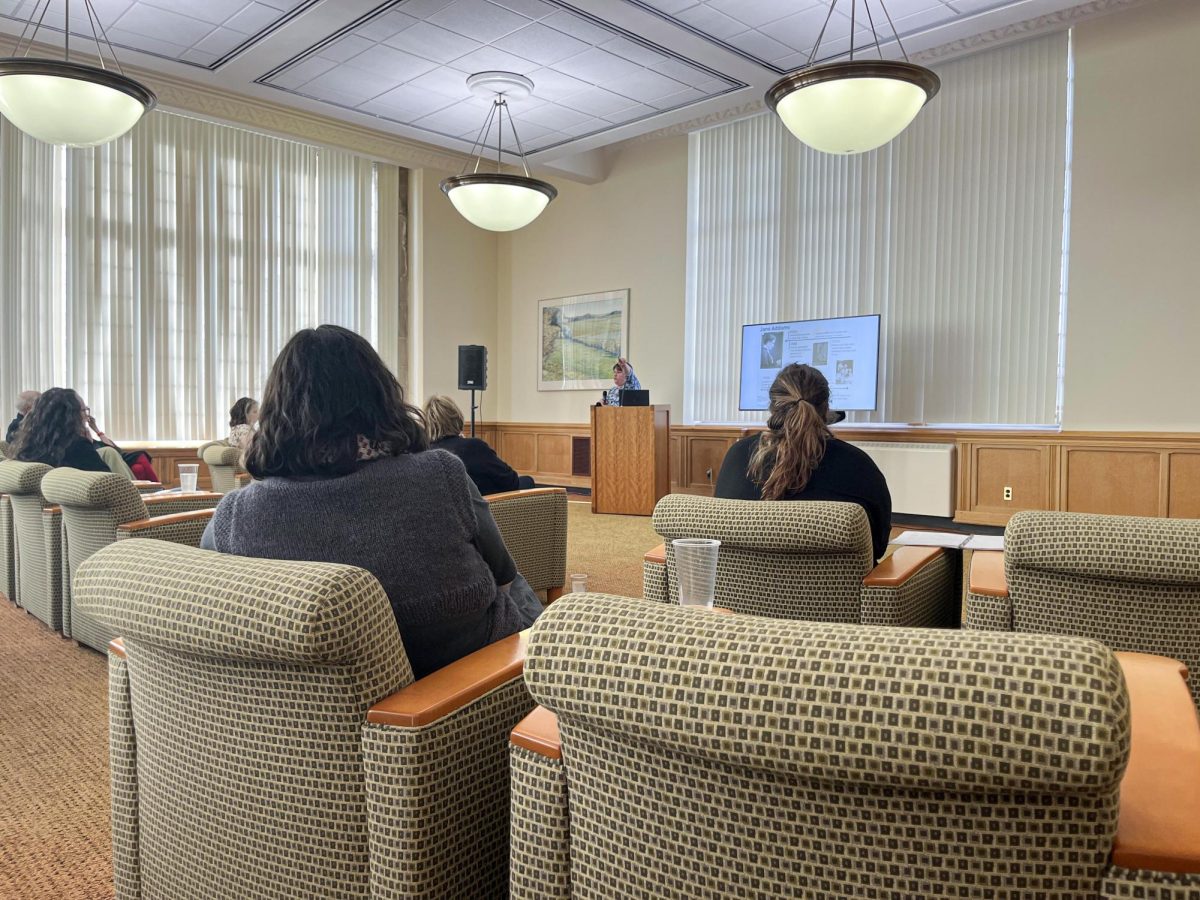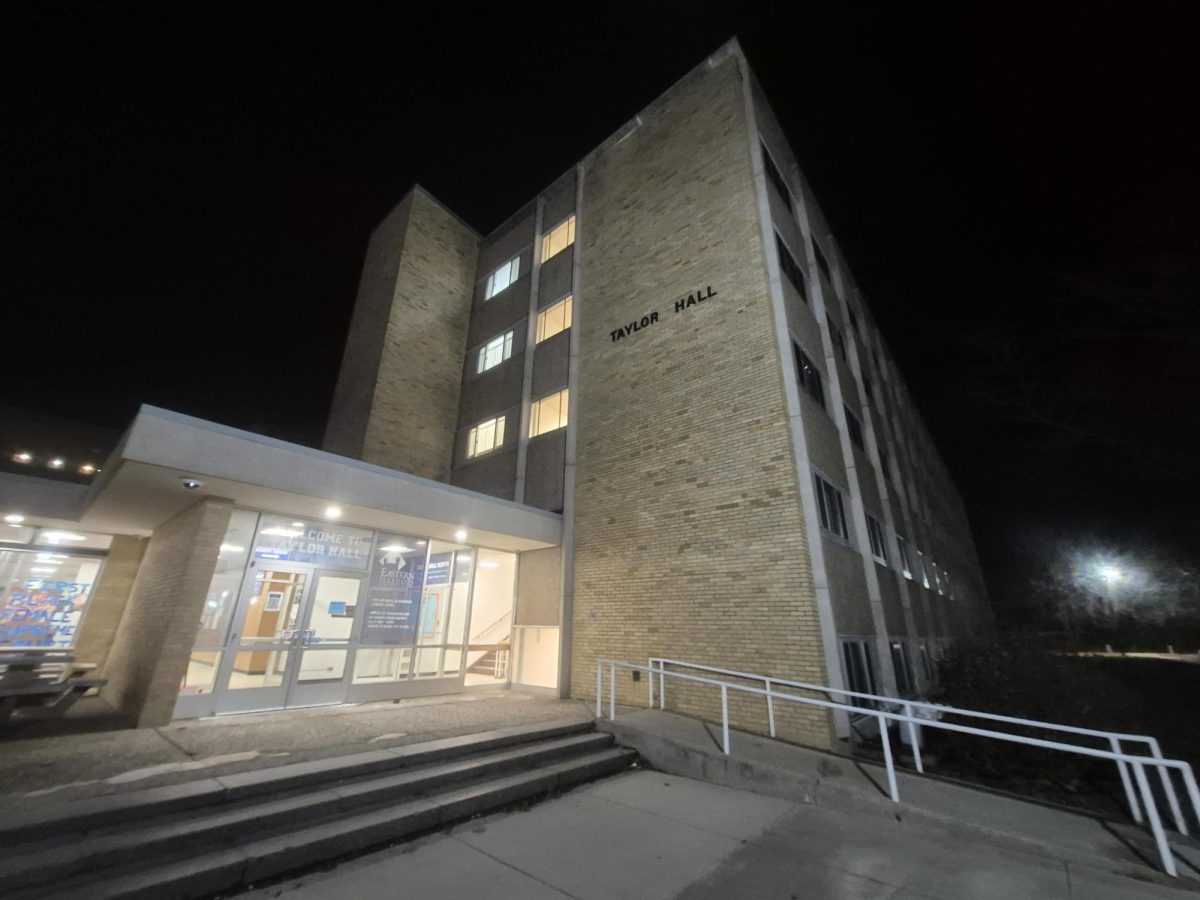Commission to educate historic-home owners
February 25, 2015
Owners of old homes and buildings in the Charleston area can attend the Preservation Bazaar at 10 a.m. to 2 p.m. Saturday at the Charleston Carnegie Public Library.
The Bazaar will feature several presenters covering different aspects of owning and preserving an old home for people to approach and ask questions.
Kit Morice, a Charleston Historic Preservation Commission board member, said the Bazaar is not limited to those whose homes have been designated as historic. The Bazaar is a resource for people who are looking for the right way to repair their homes and make them more energy efficient, and it can help people recognize what is historic and what is not.
The National Register of Historic Places uses a cut-off date of 50 years or older for what is considered historic, making the current cut-off year, 1965.
Morice said Charleston has a substantial stock of resources from historic homes and buildings, including the 6th and 7th Street Historical District, which features homes built in the late 19th and early 20th century.
Deborah Muller, the Charleston City Clerk, said houses in that area are either contributing or non-contributing based on the original features. The Preservation Commission may revisit these non-contributing homes because they are getting older and they will eventually be older than 50 years.
“The homes tell us about our history,” Morice said. “They often contain materials that would be very expensive today to use, and higher quality building materials than what are available today.”
Morice said people have lots of reasons for wanting to preserve their old homes.
“The old homes tell us about where we came from, and about certain periods in the development of our community,” Morice said. “The character and quality of building materials and workmanship in the buildings are hard to replicate today.”
Morice, who is the owner of a historic home built in 1902, will be speaking at the Bazaar about using wood epoxies for repairing wood features, as well as reusing materials. This includes materials from an old building that may have been demolished or renovated, and how to reuse these materials in a contemporary renovation.
Morice said people often get emotionally attached to their old buildings, and some use the argument that preserving an old home while making it efficient uses less waste than if they were to tear it down.
“You’re avoiding tearing something down, and adding tons of material to the landfill that we don’t even have,” Morice said. “We have a waste transfer station.”
Morice said she was drawn to her old home because of the character, the woodwork, and the overall aesthetics of the building.
“I’ve researched the people who had the house built. The wife was in Charleston’s first women’s club, and so it’s kind of fun knowing some details and imagining what your house was in the past,” Morice said. “It’s such a part of our history in Charleston.”
Kendra Cwikla can be reached at 581-2812 or kecwikla@eiu.edu.









![[Thumbnail Edition] Eastern Illinois University baseball's hitting coach and recruiting coordinator Mike Pugliese urges players on the team to increase their effort after a slow start to its pregame routine at the team's first intrasquad scrimmage of the season at O'Brien Field on Jan. 31, 2025.](https://www.dailyeasternnews.com/wp-content/uploads/2025/03/BB_02_O-1-e1741909628540-1200x702.jpg)
![[Thumbnail Edition] Senior tennis player Luisa Renovales Salazar hits the tennis ball with her racket at the Darling Courts at the Eastern Illinois University campus in Charleston, ILL.](https://www.dailyeasternnews.com/wp-content/uploads/2025/03/Tennis_01_O-1-e1741807434552-1200x670.jpg)
![[Thumbnail Edition] Senior right-handed pitcher Tyler Conklin pitching in the Eastern Illinois University baseball team's intrasquad scrimmage at O'Brien Field in Charleston, Illinois on Jan. 31.](https://www.dailyeasternnews.com/wp-content/uploads/2025/03/TC_01_O-e1741567955534-1200x669.jpg)





![[Thumbnail Edition] Senior, forward Macy McGlone finds an open teammate to pass the ball too during the game against the Tennessee State Tigers 69-49, in Groniger Arena on the Eastern Illinois University campus, Charleston Ill.](https://www.dailyeasternnews.com/wp-content/uploads/2025/03/WBB_02_O-1-e1741228987440-1200x692.jpg)


















![E[Thumbnail Edition] Eastern Illinois softball freshman utility player Abbi Hatton deciding to throw the softball to home plate in a fielding drill during softball practice at the field house in Groniger arena on Tuesday Feb. 11.](https://www.dailyeasternnews.com/wp-content/uploads/2025/03/SB_03_O-e1741208880750-1-e1741209739187-1200x815.jpg)















![The Weeklings lead guitarist John Merjave [Left] and guitarist Bob Burger [Right] perform "I Am the Walrus" at The Weeklings Beatles Bash concert in the Dvorak Concert Hall on Saturday.](https://www.dailyeasternnews.com/wp-content/uploads/2025/03/WL_01_O-1200x900.jpg)
![The team listens as its captain Patience Cox [Number 25] lectures to them about what's appropriate to talk about through practice during "The Wolves" on Thursday, March 6, in the Black Box Theatre in the Doudna Fine Arts Center in Charleston, Ill.](https://www.dailyeasternnews.com/wp-content/uploads/2025/03/WolvesPre-12-1200x800.jpg)



















